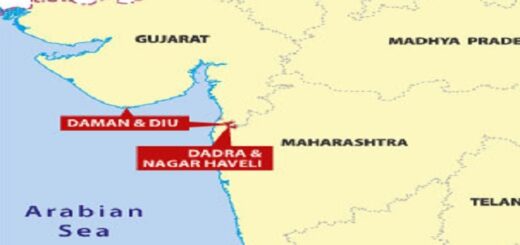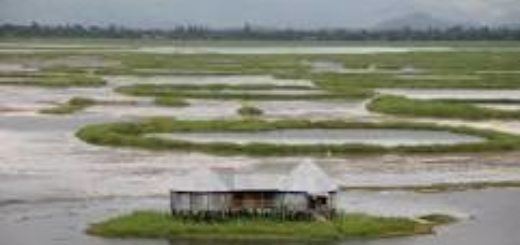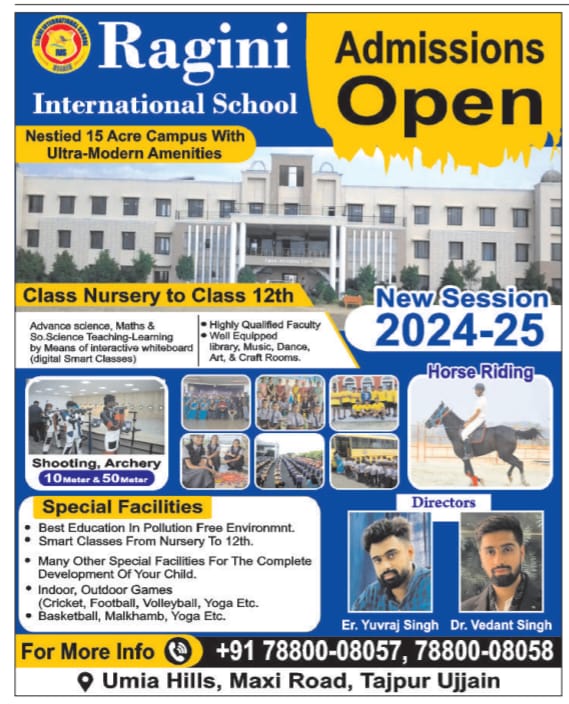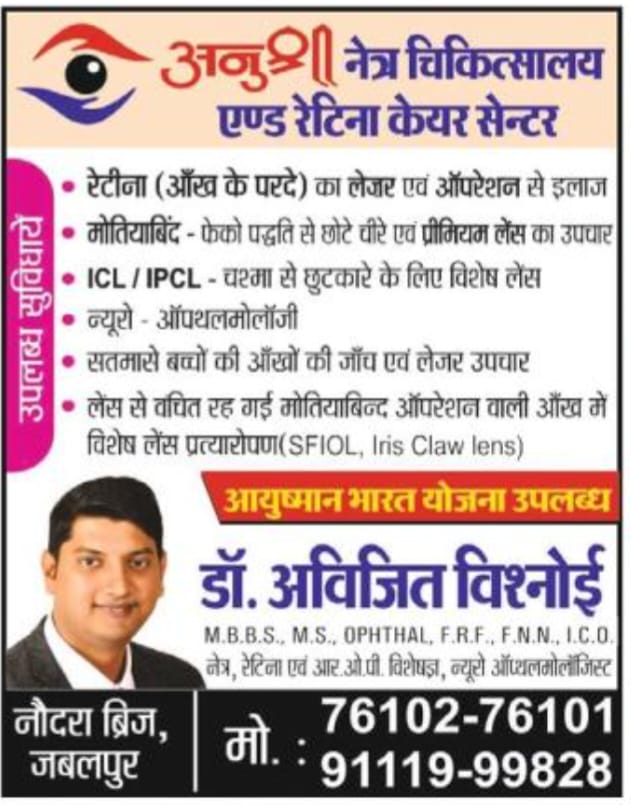India’s Neighbors
________________________________________
Afghanistan Bangladesh
Bhutan China
Maldives Myanmar
Nepal Pakistan
Sri Lanka
Nation Description
Afghanistan
Islamic Emirates of Afghanistan, or Jamhouri Afghanistan, is landlocked country, located in Central Asia. Pakistan is to its east and south, Iran and Turkmenistan to its west, Uzbekistan and Kyrgyzstan to its north. The country has a small border with India and China to the north-east.
Kabul is the capital. The country is governed by an Islamic Emirate Government. The predominant religion is Islam (with 84% Sunni & 15% Shiite).
On April 18, 2002, former King of Afghanistan, Mohammed Zahir Shah, returned to Kabul after 29 years in exile in Italy. In June, Hamid Karzai, leader of the interim administration, was elected in a landslide vote to be the next President.
Agriculture is the mainstay of the economy. The principal crops are wheat, cotton, fruits, wool, nuts. Animal husbandry is important for meat, milk and wool. Chief mineral resource is natural gas. The main industrial activity is the manufacture of woolen and cotton textiles; traditional handicrafts and woven carpets are important exports. Afghanistan is the world’s largest producer of opium and a major source of Hashish. Afghanistan produces 3400 tons of opium worth US$ 1.2b in a year.
India provides humanitarian assistance to Afghanistan and also helps in establishing education centers, hospitals and other amenities. Afghanistan has been the hotbed of Islamic extremists like Taliban (‘Students of Religion’, created and nurtured by the Inter Services Intelligence of Pakistan) and Islamic terrorist organizations like Osama-bin-Laden’s Al-Qaeda. Hence relations with Afghanistan has been of security & strategic importance to India.
__________________________________________________________________________
Bangladesh
People’s Republic of Bangladesh, or Gana Prajatantri Bangladesh, is surrounded by India, Myanmar and the Bay of Bengal. Bangladesh was formerly East Pakistan, one of the five provinces into which Pakistan was divided at its creation, when Britain’s former Indian Empire was partitioned in August 1947. East Pakistan became independent entity named Bangladesh on December 16, 1971, following a civil war in which India actively supported the East.
Bangladesh has Parliamentary form of Government, which is located at Dhaka. The official religion is Islam (86.7% of the population) and the other dominant religion is Hinduism (12.1% of the population).
Bangladesh is the second largest Islamic country of the world, in terms of population. Dhaka, with 2000 mosques, is known as the City of Mosques. The total for the country is over 200,000. There are an estimated 1,200,000 tribal people in Bangladesh. Most of them (700,000) are in Chittagong Hill Tracts (CHT).
Recently, with active involvement of ISI (Inter Services Intelligence of Pakistan), many terrorist training camps have come up in Bangladesh. India faces security problems due to illegal immigration and smuggling from the country. In this regard, India has been erecting fences along the border with Bangladesh, which has been the cause of straining of relations between the two countries. Lately, the Border Rangers of Bangladesh has been assaulting the BSF (Border Security Force) personnel of India.
__________________________________________________________________________
Bhutan Kingdom of Bhutan, or Druk-Yul, ‘the land of the thunder dragon’ lies in the eastern Himalayas, bordered north by China and on all other sides by India. It has very high mountains, fertile valleys and thick forests.
Bhutan has a Democratic Monarchy form of Government and the country’s capital city is Thimphu. Buddhism is the dominant religion (70% of population) followed by Hinduism (25%) and Islam (5%).
By the Indo-Bhutan Treaty of Friendship of August 1949, Bhutan agrees to seek the advice of the Government of India with regards to its foreign relations, but remains free to decide whether or not to accept such advice. King Jigme Dorji Wangchuk was succeeded in 1972 by the Western-educated 16-year old Crown Prince, Jigme Singye Wangchuk. Recent reports indicate that the mountain kingdom is inching towards democracy. A political transformation is under way, its main force being the reformist monarch Jigme Wangchuk. A draft constitution was released in December 2002.
Free education is available, but there are insufficient facilities to accommodate all school age children. Many students receive higher technical training in India. Though Bhutan for long resisted the lure of tourism, it is the principal source of foreign exchange now. The Kingdom was opened to tourism in the autumn of 1974. Trade with India dominates.
__________________________________________________________________________
China
People’s Republic of China, or Zhonghua Renmin Gonghe Guo, is the most populous country in the world and the third largest in area. China is made of 22 provinces, 5 autonomous regions and four municipalities. It occupies most of the habitable mainland of East Asia. Two-thirds of the territory is mountainous or desert; only one-tenth is cultivated. The eastern half of China is one of the world’s best-watered lands. Three great river systems (the Chang or Yangtze, Huang or Yellow and Xi) provide water for the farmlands.
Beijing is the capital city and the country is ruled by the Communist Party. Religion: Officially atheist but major traditional religions followed are Confucianism, Taoism, and Buddhism. In 2002, with its 1.28 billion people but a GDP of just $4600 per capita; China stood as the second largest economy in the world after the US (measured on a purchasing power parity basis).
Lately, China and India have started taking measures to improve relations, primarily border issues. China has accepted Sikkim to be part of India, and India has in turn accepted that Tibet is autonomous region of China. Both countries constituted Joint Committees to look into various.
__________________________________________________________________________
Maldives
Republic of the Maldives, or Divedhi Raajjeyge Jumburiya, lying about 675 km south-west of Sri Lanka, consists of more than 1200 small coral islands (199 inhabited), grouped in 19 atolls, in the northern Indian Ocean.
The capital city of Maldives is Male, and the country has Presidential form of Democratic Government. The predominant religion is Islam.
Maumoon Abdul Gayoom, has been the President of Maldives since November 1978. The Indian Navy had launched Operation Cactus in 1988-89 to rescue the then Male Government in the wake of a coup. A state of emergency was declared in Maldives, on August 14, 2004 after paramilitary forces moved in on thousands of protesters who had gathered for hours in Male, demanding change in the autocratic rule. India has the best of relations with Maldives, though it holds the opinion that the Gayoom regime should not do anything to stifle the democratic aspirations of the people.
Recently, when Maldives was affected by the tsunami disaster, India promptly dispatched relief aid and rescue teams.
__________________________________________________________________________
Myanmar
Union of Myanmar, (formerly Burma) or Pyeidaungzu Myanmar Niangangandaw, is located in East Asia, with a coastline along the Bay of Bengal. It is flanked by India and Bangladesh to its west, China to its north, Laos and Thailand to its east.
Yangon (formerly Rangoon), is the capital city and the country is ruled by the Military. Buddhists constitute 85% of the population, and remaining include Animists, Muslims & Christians.
In June 1990, in the first free elections in 30 years, the National League for Democracy won by a big majority but the army was reluctant to hand over power. Aung San Suu Kyi, the leading opposition leader and winner of Nobel Peace Prize, is kept under detention from 1989. India has been supporting the democratic movement in Myanmar.
In 1987, UN bestowed the least developed country status on Burma, which was once the richest nation in SE Asia. Myanmar joined the regional group BISTEC in July ’97, which was then renamed BIMSTEC (Bangladesh, India, Myanmar, Sri Lanka, Thailand Economic Cooperation). Known as the ‘rice bowl of the Far East’, Myanmar also grows sugarcane, peanuts and beans. It is the world’s second largest illicit producer of opium poppy (next to Afghanistan).
__________________________________________________________________________
Nepal
Kingdom of Nepal, or Nepal Adhirajya, is a landlocked country in the Himalayan mountain range. It is bounded on the north by Tibet (China) and India on all other sides.
Kathmandu is the capital city and the Head of State is King Gyanendra Bir Bikram Shah Dev. The country has constitutional monarchy system of government, where the Parliament has 205-member House of Representatives (Pratinidhi Sabha). The State religion is Hinduism (followed by 89% of the population). The other major religions are Buddhism (5%) and Islam (3%).
Nepal is among the poorest and least developed countries of the world with nearly half of its population living below the poverty line. Agriculture is mainstay of the economy, providing a livelihood for over 80% of the population and accounting for 41% of GDP. Industry contributes about 22% of Nepal’s GDP. The major trading partner is India. Tourism is the second largest industry and is being promoted by the construction of new tourist centres in the Kathmandu valley. Major tourist attractions include Lumbini, the birthplace of Buddha, and the Himalayan mountain range including Mount Everest. About 30% of the tourists are from India.
In February 1996, India and Nepal signed two agreements including an initiative for sharing of water and electricity from Mahakali river.
__________________________________________________________________________
Pakistan
Islamic Republic of Pakistan, or Islam-i Jamhuriya-e Pakistan, is bordered in the west & north by Afghanistan, south-west by Iran, and east by India. Pakistan shares a small border with China.
Head of State is President (Gen.) Pervez Musharraf and the seat of government is at Islamabad. The State religion is Islam (followed by 97% of the population). The remaining include followers of Hinduism, Christianity, Buddhism & Zoroastrianism.
Agriculture (including forestry and fishing) is the mainstay of Pakistan’s economy, employing about 50% of the working population and providing about 26% of the country’s GDP.
At the time of independence from the British empire, India was divided into a secular India and an Islamic Pakistan, on the basis of the Two-Nation Theory. Pakistan was supposed to include Kashmir (the name Pakistan is a coinage representing ‘Punjab, Afghan border states, Kashmir, Sind and Baluchistan’). However, the state of Jammu & Kashmir had chosen to remain independent. When there were tribal attacks from Pakistan, the J&K state joined India. Ever since then, Pakistan and India has been in conflict over the territory. The Pakistan controlled Kashmir, also known as Pakistan-occupied Kashmir (PoK), has its own Assembly, Council, High Court and Supreme Court.
Pakistan’s Inter Services Intelligence (ISI) has created and nurtured terrorist camps in Pakistan and PoK, to encourage terrorist activities in India. The Pakistan-based training camps has produced terrorist organizations that are active in various parts of the world.
__________________________________________________________________________
Sri Lanka
Democratic Socialist Republic of Sri Lanka, or Sri Lanka Prajathanthrika Samajavadi Janarajaya, is an island in the Indian Ocean about 80 km east of the southern tip of India, separated by the Palk Strait.
The capital city is Colombo and there is a Republic form of government, with Ms. Chandrika Bandaranaike Kumaratunga as the President. The major religion followers are Buddhists (73%), Hindus (15%), Muslims (7%) and Christians (5%).
Sri Lanka has been facing the Tamil insurgency in the north since the late 1970s. The Tamils have been fighting for a autonomous region. Initially, TULF – Tamil United Liberation Front, spearheaded the agitation. Later more militant organizations like LTTE – Liberation Tigers of Tamil Eelam – and EPRLF – Eelam People’s Revolutionary Liberation Front, joined the struggle. More than 54,000 have dies in the civil war. Indian Peace Keeping Force (IPKF) was send to the island in 1987 to end the hostilities and supervise surrender of arms. After long period of bloody military operation, the IPKF had to be pulled out.
Peace negotiations, brokered by Norway government, between the Sri Lanka government and the Tamil organizations, has been going for some time till emergency was declared by President Kumaratunga. India has not been directly involved in these negotiations.
__________________________________________________________________________













 +91-94068 22273
+91-94068 22273 

